How to paint wood floors – get a lasting shine in 5 easy steps
From sanding to sealing, paint your wood floors like the pros
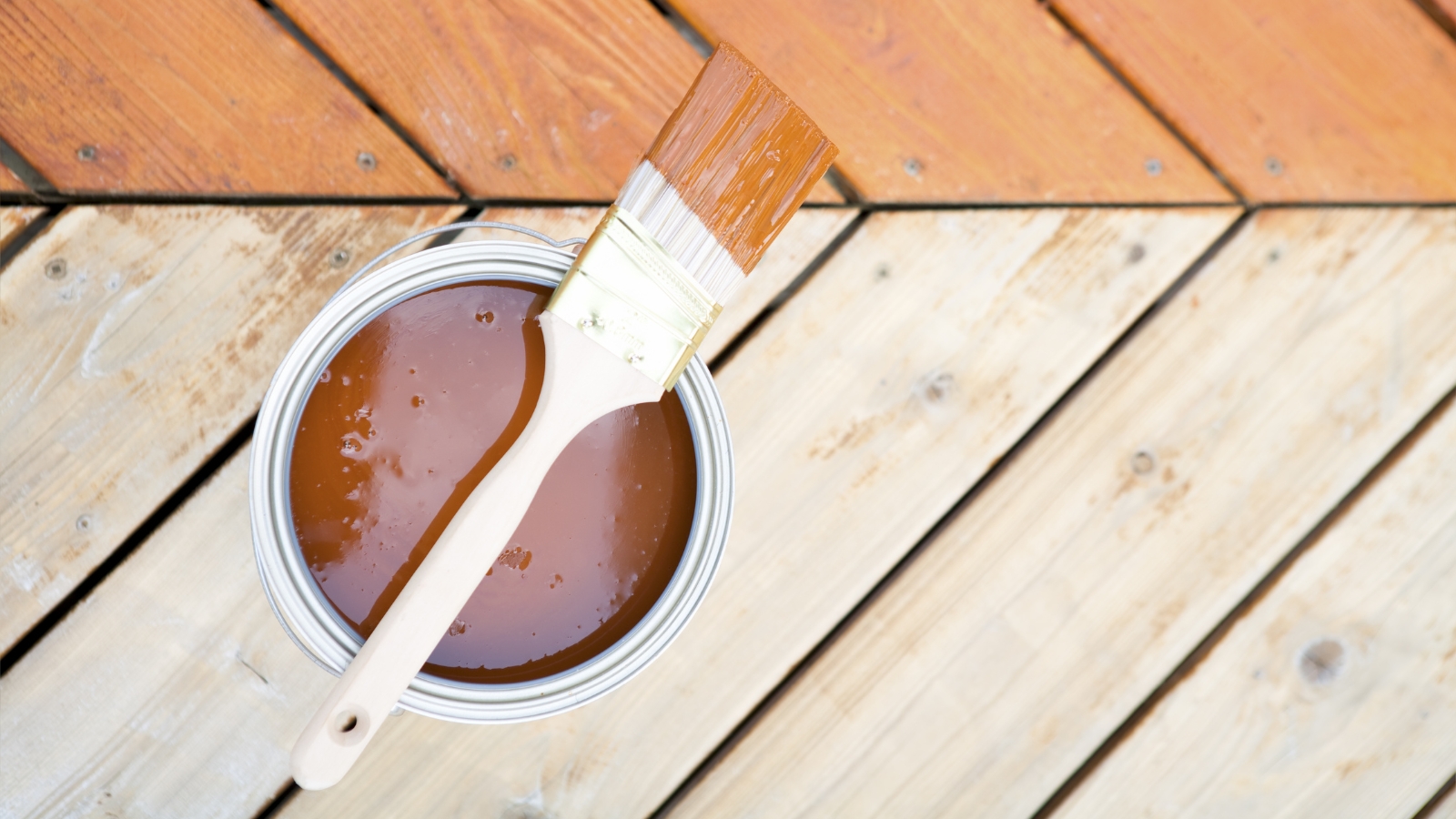

Painting wood floors is a great way to give your space a fresh look without the expense of replacing the flooring. But unless you are an expert painter-decorator, you're likely unaware of the key steps and common pitfalls.
Whether you're aiming to brighten up a room, add a pop of color, or simply refurbish worn-out floors, the process can be straightforward if done correctly. Our industry pros reveal the five steps to achieving that professional finish.
From sanding to sealing, how to paint wood floors – as with painting baseboards – needn't be complicated if you plan well and take it step by step.
Step 1: Prepare your floors
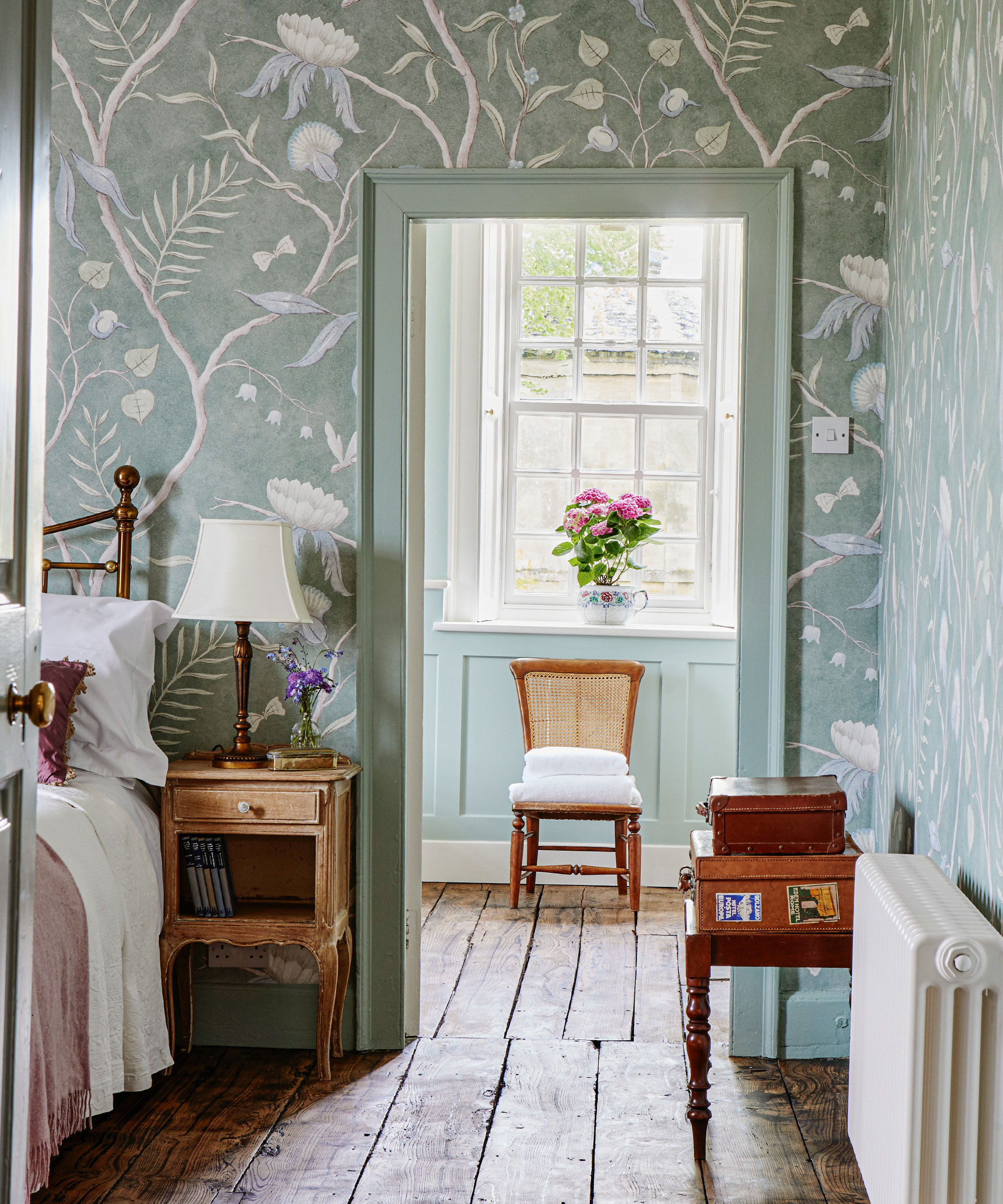
Before starting to paint wood floors, thorough preparation is essential for a smooth and durable finish.
Begin by clearing the room of all furniture and items. Clean the floor meticulously, sweeping away any dirt and debris, and then mop with a mixture of water and a mild detergent. This ensures that the surface is free from dust, grime, and grease.
Francisco Romero, Owner of Romero Hardwood Floors, says, 'The key to painting wood floors lies in your preparation. By ensuring the floor is clean, and you've got all your products to hand, you'll save yourself a lot of hassle.
'Product-wise, I'd start with an angled brush for edges and a high-quality roller with a thick nap for large, open areas. I prefer Purdy brushes and rollers.'
This Purdy Clearcut Glide 3 from Target has polyester-blend in its stiff bristles, making it great for all latex paints and primers. This Purdy Premium Paint Roller, also from Target, is a six-piece premium kit with roller covers included.
Inspect the floor for any nails or staples that might be sticking out and remove or hammer them down. Fill any gaps, holes, or imperfections with wood filler, ensuring it dries completely before proceeding.
Other important products include painter's tape (this Scotch Painters Tape from Walmart boasts 'Edge-Lock Technology' to seal out paint and achieve straight lines), tack cloths (these Dura-Gold Tack Cloths from Amazon are great for woodwork), and stir sticks (these Custom Shop Paint Mix Sticks from Walmart are eco-friendly and come in a handy pack of 25.
Francisco adds, 'Most of all, make sure you've got a reliable floor paint – Sherwin-Williams ProMar 200 is my go-to, thanks to its superior adhesion to wood and durability. Two coats provide full coverage.'
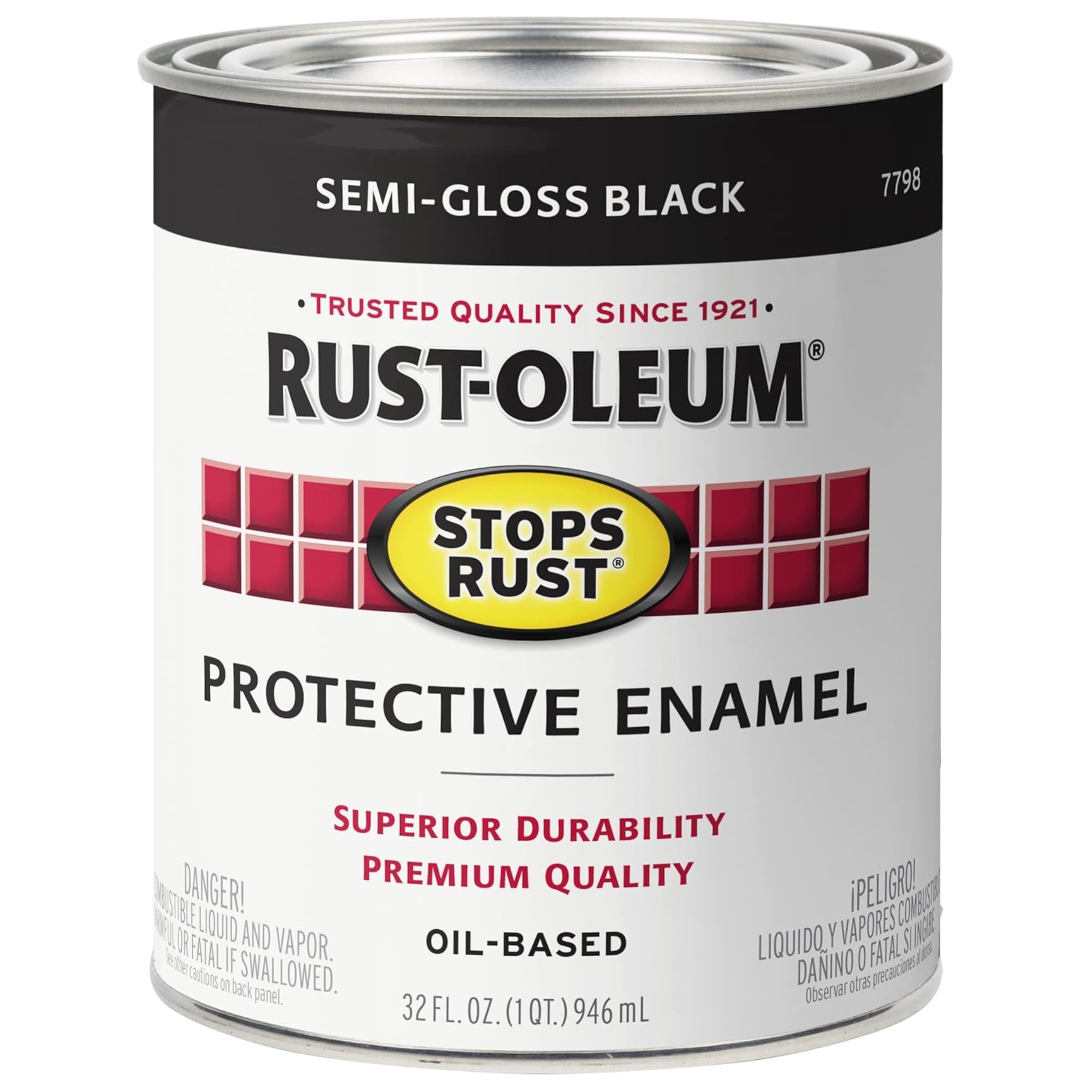
Size: 1 Quart
This weather-resistant coating protects both interior and exterior wooden floor, drying in less than 5 hours and covering up to 100 square feet of flooring. Its oil-based formula provides a durable protective coating with excellent rust prevention.
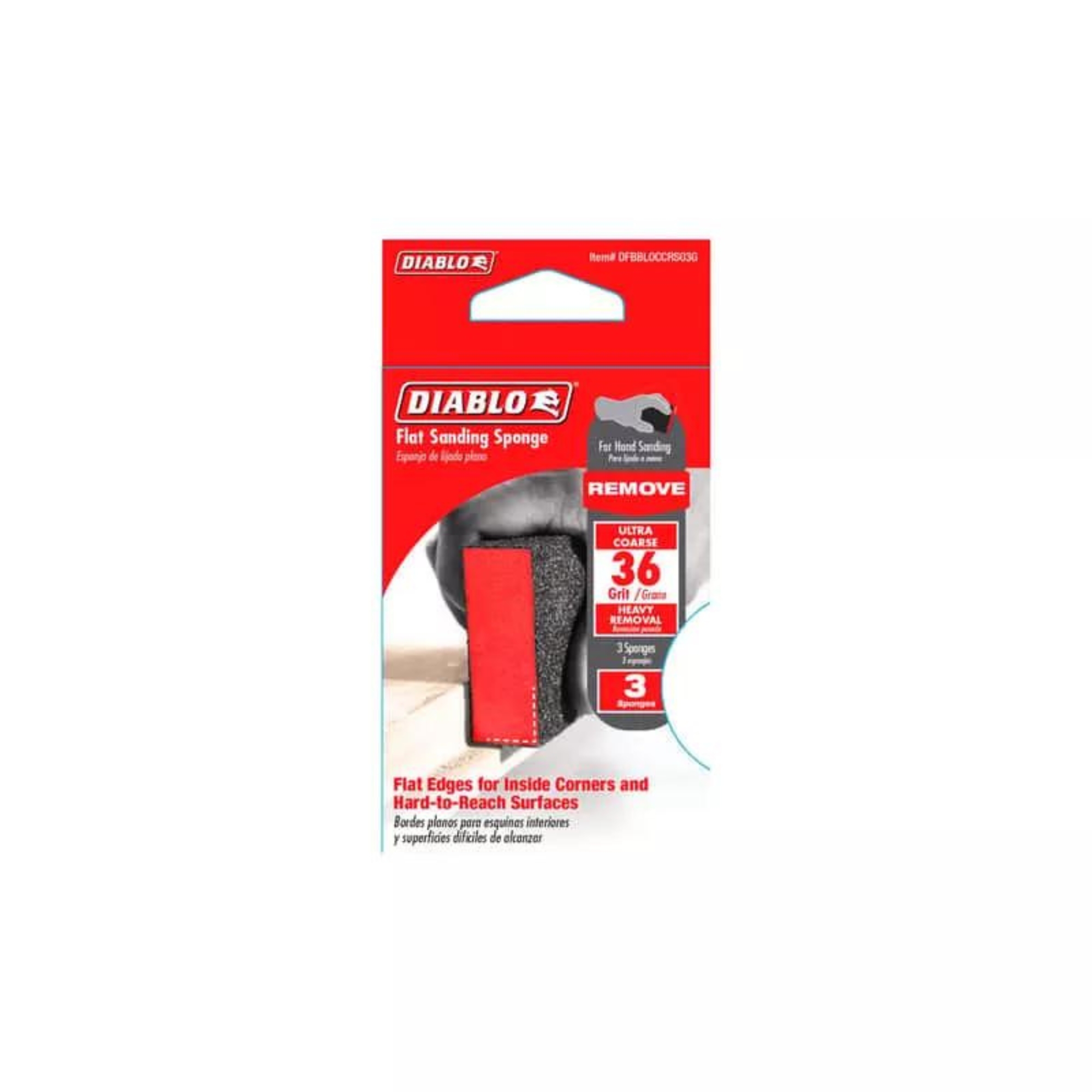
Size (inches): 4 x 2.5 x 1
This three-pack of Diablo's premium flat edge sanding sponge boasts superior sanding performance, with a blend of aluminum oxide for faster material removal and flat edges for easy access to corners and tight spaces.
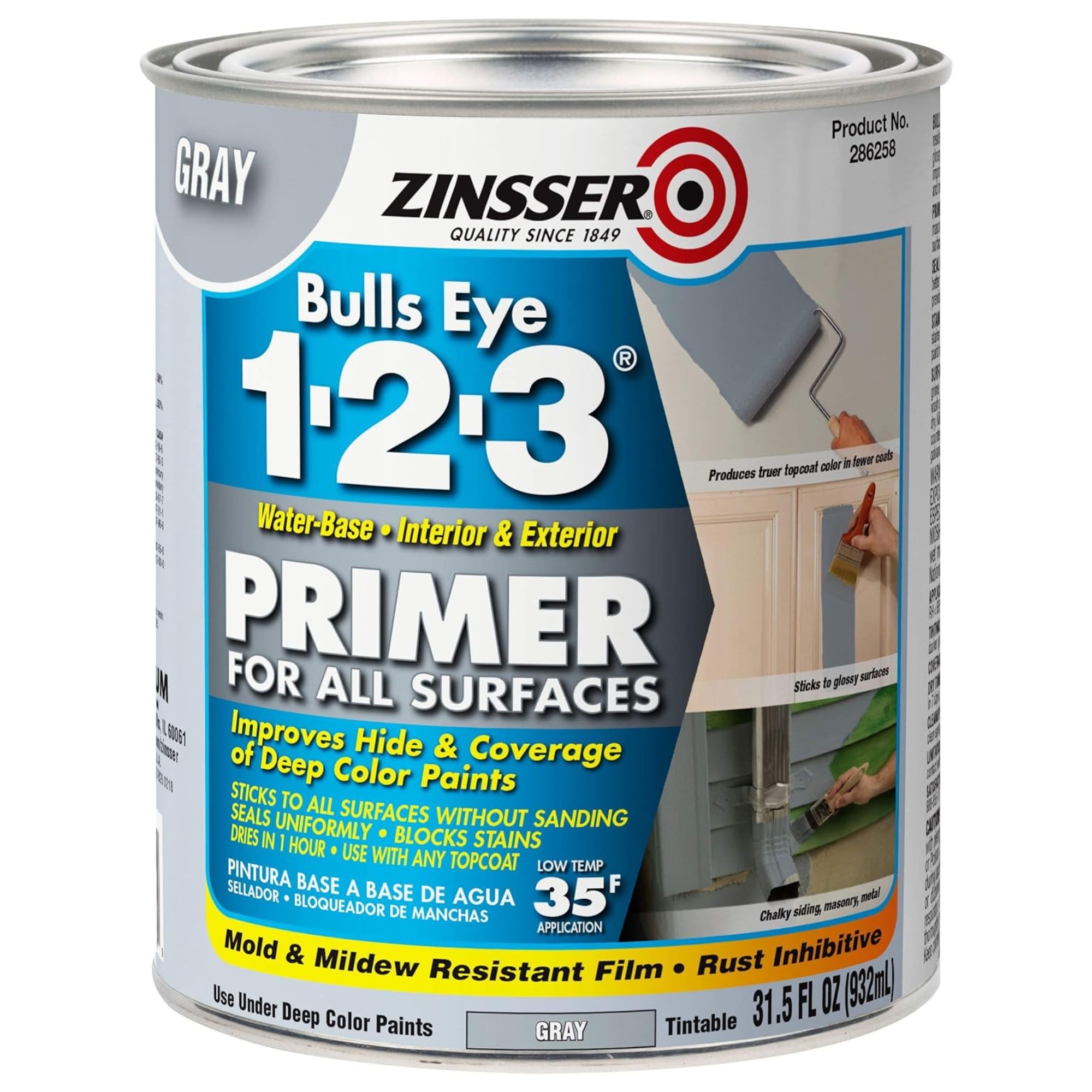
Size: 1 Quart
This mold-resistant, gray-colored primer is suitable for newly-painted interior and exterior wooden flooring. Its water-based formula seals uniformly and will stick to the surface without sanding — plus, it can be used over any oil or latex topcoat.
Step 2: Sand the floors
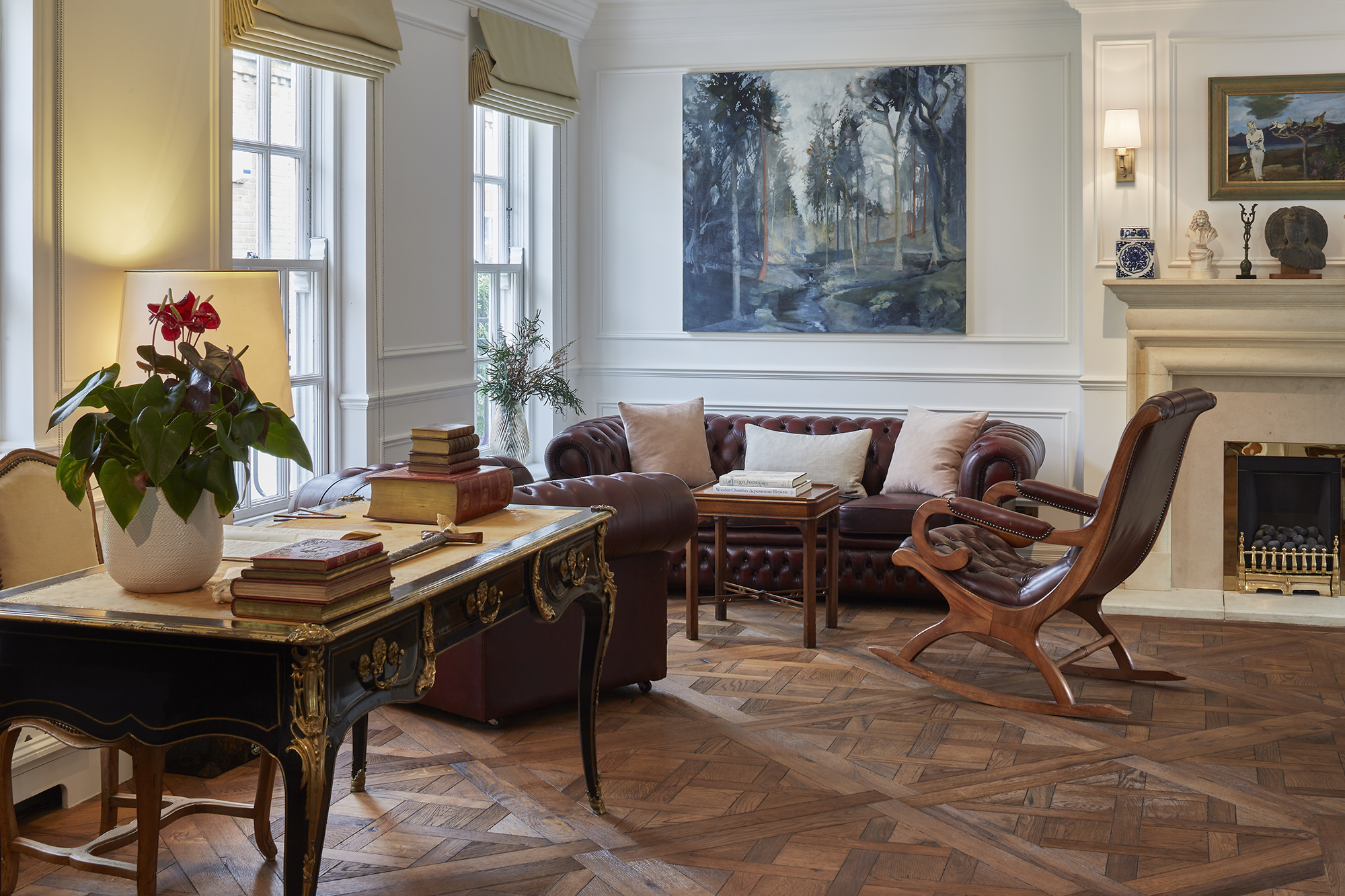
Sanding is a critical step that should not be skipped unless the floor is in pristine condition.
Use a drum sander for larger areas and an edge sander for corners and edges. This Jet 10-20 Benchtop Drum Sander, available at Walmart, is compact and boasts an innovative patented dust hood.
Start with a coarse grit sandpaper to remove the existing finish and any rough spots, then gradually move to finer grits for a smooth surface. Always sand along the grain of the wood and with a light hand to prevent scratches or gouging. The Diablo Ultra Coarse Grit Dual Edge Sanding Sponge from Target is super strong and has a dual edge for concave profiles, edges and bevels.
Vacuum the dust thoroughly and wipe the floor with a tack cloth to ensure no dust remains. We've gathered all the best best Shark vacuum deals if you're considering investing.
Andre Kazimierski, Chief Executive Officer of Improovy Painters of North Shore, says, 'Sanding wood floors before painting is the best way to ensure your paint has a good surface to adhere to.
'Painting floors without sanding requires you to do a thorough job of stripping the previous sealant or finish through other means, usually requiring some kind of chemical product.
'While sanding might be a little more time-consuming and labor-intensive, it's really the best way to ensure a solid, long-lasting hold for your paint.'
Step 3: Get priming
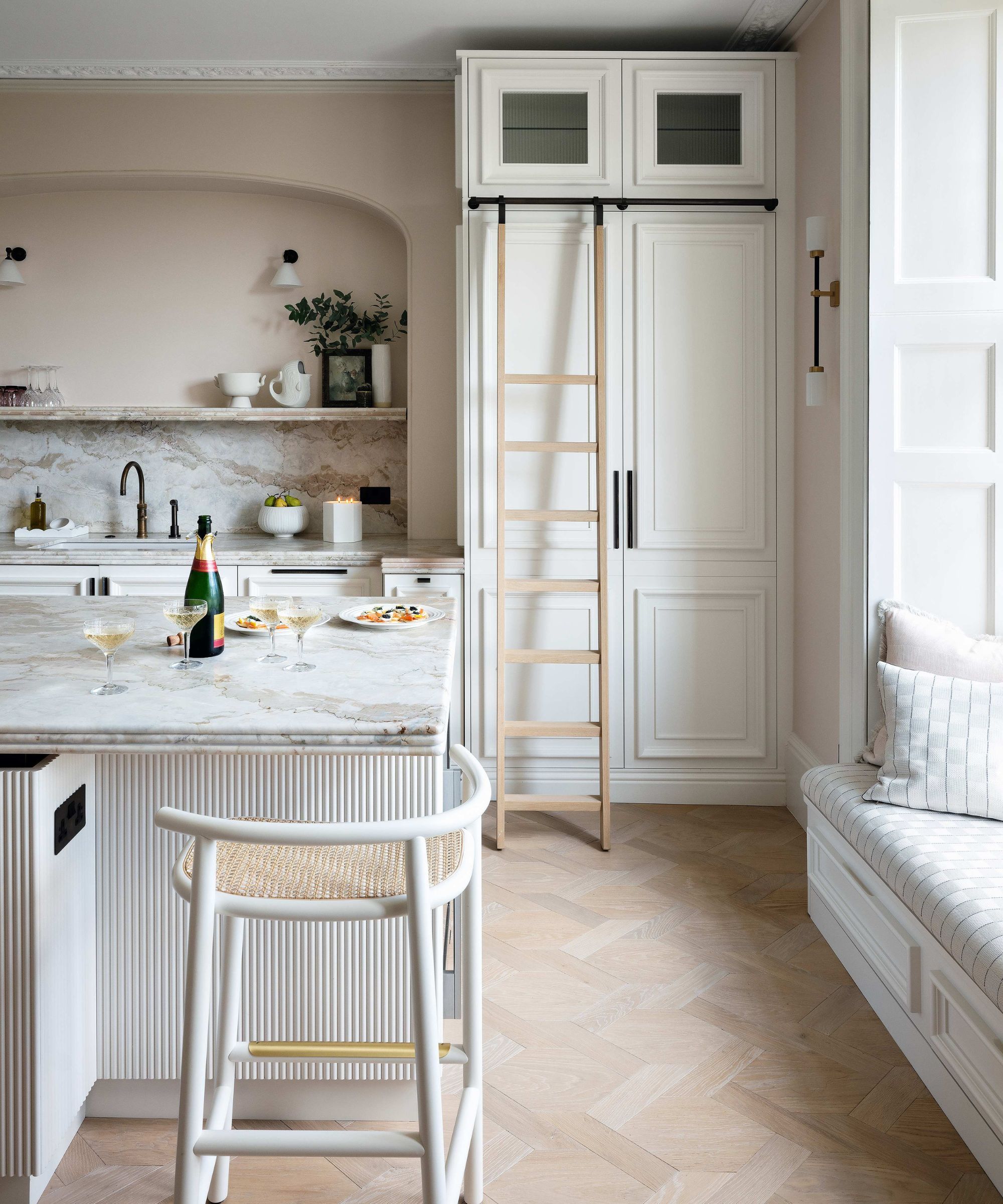
Priming the floor is crucial for achieving a long-lasting finish. Choose a high-quality primer that is specifically designed for floors and suitable for your type of wood. This Slip Doctors Clear Acrylic Paint Primer from Amazon is perfect for wood and other porous surfaces.
Apply the primer evenly using a roller, starting from the farthest corner of the room and working towards the exit to avoid stepping on wet areas. Use a brush for edges and corners.
Tommy Mello, DIY expert and founder of A1 Garage Door Service, says, 'Simply apply a coat of the primer using a roller for large areas and a brush for edges and corners. I'd recommend Kilz 3 Premium Primer from Amazon, as it ensures strong adhesion and blocks stains, providing a solid base for the paint.'
Allow the primer to dry according to the manufacturer’s instructions, usually 24 hours. Some decorators — such as Nick Chatzigeorgakis, Principal of Intrabuild — advise a second layer first.
Nick says, 'We always apply two coats of primer and two coats of paint, waiting two to three hours between coats. This gives extra protection and a more complete finish.'
Whether going for one coat or two, our industry pros all agree that the primer is not to be overlooked. Tommy adds, 'Whilst it may be tempting, I'd strongly advise against skipping the primer, as it ensures better paint adhesion and durability.'
Step 4: Paint

Now for the fun part – the painting itself. Select a paint that is durable and specifically formulated for floors, such as an oil-based or latex porch and floor paint.
If you don't know where to start, our guide on the best paint brands includes our selection of the best and most reliable ones, from Benjamin Moore to Sherwin-Williams.
Nick says, 'We specialize in wood floor renovations, and I'd highly recommend Sherwin-Williams Duration floor paint. It provides superior adhesion and durability for high-traffic wood floors.'
This Kilz Porch & Patio Floor Paint from Amazon is great if you're looking for a silver or slate gray color.
Stir the paint well before use. Using a roller, apply the paint in thin, even coats, starting again from the farthest corner. Use a brush for edges and detailed areas. This FrogTape Multi-Surface Painter's Tape from Amazon helps ensure crisp lines and clean walls.
It's advisable to apply at least two coats of paint, allowing each coat to dry thoroughly between applications. Avoid rushing the drying process, as this can lead to an uneven and less durable finish.
Lightly sanding between coats can help achieve a smoother finish.
Step 5: Seal
Sealing the painted floor adds an extra layer of protection and enhances durability.
Choose a clear polyurethane sealer appropriate for floors and your type of paint. Apply the sealer with a clean roller or brush in even strokes, ensuring complete coverage. Thompson's WaterSeal Clear Wood Sealer from Walmart is a reliable option, especially if you're painting an outdoor floor like a patio.
Allow sufficient drying time as recommended by the manufacturer, typically 24-48 hours, before applying additional coats if necessary. For quicker drying time and less odor, opt for a water-based sealer such as Varathane Water-Based Ultimate Polyurethane from Amazon, which comes with thousands of five-star reviews.
Nick says, 'Once the final coat of paint has dried, I always apply two or three coats of water-based polyurethane, the best protection for wood floors. For best long-term protection, re-apply every few years and use felt pads under your furniture.'
FAQs
Can I paint wood floors without sanding?
While it is possible to paint wood floors without sanding by using a high-adhesion primer, sanding is recommended for the best results. Sanding ensures a smoother surface and better paint adhesion.
Francisco says, 'Yes – it is possible to paint wood floors without sanding if using a high-quality floor paint and primer. Lightly scuff the floor and clean thoroughly. The key is surface preparation.'
Tommy adds, 'You can also use liquid sandpaper as an alternative to traditional sanding. It preps the surface without the mess of sanding dust.'
What paint is best for wood floors?
The best paint for wood floors is a durable, high-traffic paint such as oil-based or latex porch and floor paint. These are formulated to withstand the wear and tear that floors typically endure.
Francisco says, 'I'd go for a floor paint specifically designed for high-traffic areas like Sherwin-Williams ProMar 200. It provides superior adhesion and durability.'
How do I protect a wooden floor?
To protect a wooden floor, apply a clear polyurethane sealer after painting, use rugs in high-traffic areas, and place felt pads under furniture legs. Clean the floor regularly with a damp mop to maintain its finish.
Francisco adds, 'To properly protect your wooden floor, apply 2-3 coats of water-based polyurethane – one specifically designed for floors – and place felt pads under furniture. With proper care, the finish can last up to a decade.'
So there you have it – how to paint wood floors in five easy steps. By carefully following the steps of preparation, sanding, priming, painting, and sealing, you can achieve a beautiful and durable finish.
Next, check out how to paint over wallpaper and how to paint a wall.
Sign up to the Homes & Gardens newsletter
Design expertise in your inbox – from inspiring decorating ideas and beautiful celebrity homes to practical gardening advice and shopping round-ups.

With more than a decade of experience writing news, lifestyle, consumer, and human interest articles for a wide range of national and international publications, Andy is a highly-qualified journalist writing features for the national press. From front porch to backyard, attic to basement, Andy has written about every area of the home. He specialises in bringing together the best industry expertise to answer all of your most pressing home and garden questions about seasonal and everyday cleaning, decluttering, organizing and DIY.
-
 Thoughtful modernism – how one Dallas home makes bold contemporary design feel warm, welcoming, and comfortable
Thoughtful modernism – how one Dallas home makes bold contemporary design feel warm, welcoming, and comfortableWith its mix of textural finishes and carefully curated furnishings, this modernist home is a refreshing retreat
By Karen Darlow Published
-
 'Wick away the ick' – 6 things people with clean laundry rooms always do to make this hardworking space shine
'Wick away the ick' – 6 things people with clean laundry rooms always do to make this hardworking space shineThese tips on how to clean your laundry room will banish grime
By Seraphina Di Mizzurati Published